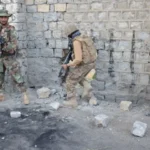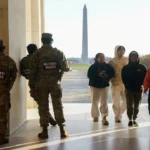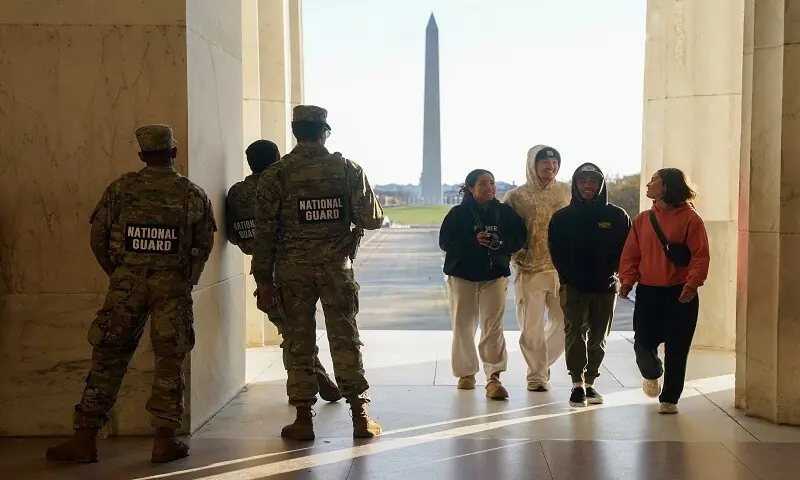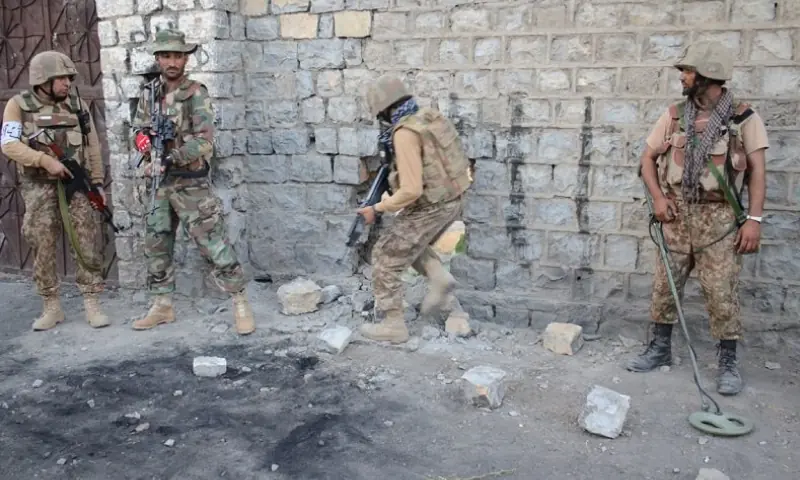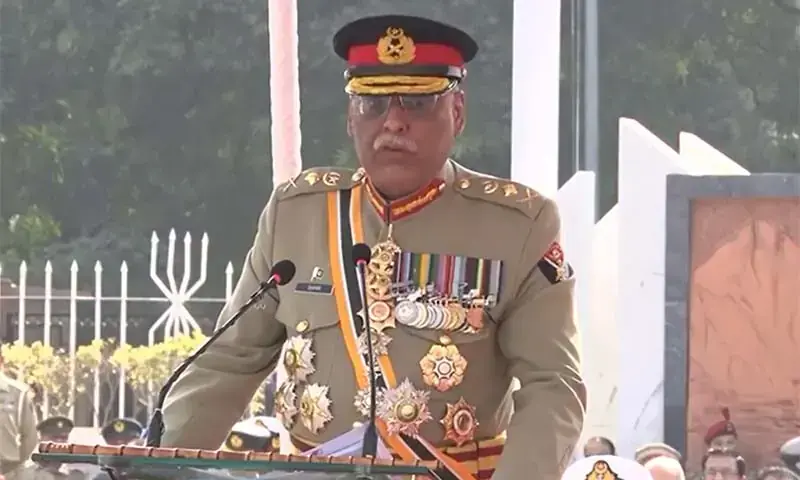The man suspected of shooting two National Guard soldiers near the White House on Wednesday was an Afghan national working alongside US forces in Afghanistan, US media reported.
Washington has called the violence an “act of terror” and announced increased oversight of foreigners entering the United States from Afghanistan in recent years.
What we know about the alleged shooter
Multiple media outlets, including cnn, The New York Times, C.B.S. and NBC identified the man as Rahmanullah Lakanwal, 29, and says he arrived in the United States in 2021.
A relative of Lakanwal said NBC who arrived after serving in the Afghan army for 10 years in support of the US Special Forces.
The family member said NBC that Lakanwal originally came from Khost province in southeastern Afghanistan and had spent part of his military service at a base in Kandahar province in southern Afghanistan.
Kandahar is the birthplace of the Taliban and was the center of intense fighting during the 20-year war between the then-insurgents and foreign-backed forces.
arrival 2021
U.S. Homeland Security Secretary Kristi Noem said the alleged shooter “was one of many uninvestigated and mass paroled in the United States under Operation Allies Welcome.” He said the Afghan national, whom he did not name, entered the United States on September 8, 2021, less than a month after Afghanistan fell to the Taliban.
US President Donald Trump signed an agreement with the Taliban in February 2020 to pave the way for a major drawdown of US troops in Afghanistan later that year, although the timeline was delayed and carried out under the subsequent Biden administration.
‘Operation Allies Welcome’
Shortly after the Taliban took Kabul on August 15, 2021, and as US forces were withdrawing, then-President Joe Biden introduced “Operation Allies Welcome” to coordinate efforts between multiple government agencies resettling Afghans, including those working with US forces.
At the time, more than 40 percent of Afghans included in the program were eligible for a “Special Immigrant Visa” (SIV) for those who took “significant risks to support our military and civilian personnel in Afghanistan” on behalf of the US government in Afghanistan, as well as their family members.
Other vulnerable groups, such as advocates and journalists, also entered the United States under the program. Authorities have not confirmed whether Lakanwal received an SIV.
Those who entered the United States under Operation Welcome Allies received security investigations from several government agencies, including the FBI and the National Counterterrorism Center.
In September 2022, the Biden administration renamed the efforts “Enduring Welcome” (EW) to signal a shift toward a long-term strategy that would focus on helping Afghans obtain more durable, long-term legal status, primarily through the SIV program or the United States Refugee Admissions Program (USRAP).
Mass evacuations
During the turbulent US withdrawal from Afghanistan, in which the Kabul airport deteriorated into chaos as thousands of people tried to evacuate, Biden promised that his administration would find a way out for those who helped the United States.
Hundreds of thousands of Afghans worked for foreign forces and embassies and joined US-funded NGOs during the 20 years of foreign presence. Many feared that would make them targets of violence, including from the Taliban.
The United Nations has reported extrajudicial executions and disappearances of former Afghan officials under Taliban authorities, despite the Taliban declaring an amnesty against former enemies.
According to the US State Department, more than 190,000 Afghans have been resettled in the United States through EW and its predecessor, Operation Allies Welcome, since the Taliban takeover.
Tens of thousands more, including many former military translators and members of the Afghan security forces, are in the process of being resettled, according to advocacy groups.
In June, Trump declared a sweeping new travel ban on 12 countries, including Afghanistan, complicating matters, according to Shawn VanDiver, president of the nonprofit group AfghanEvac.
VanDiver said it was especially difficult for about 12,000 people awaiting reunification with family members already living in the United States.
